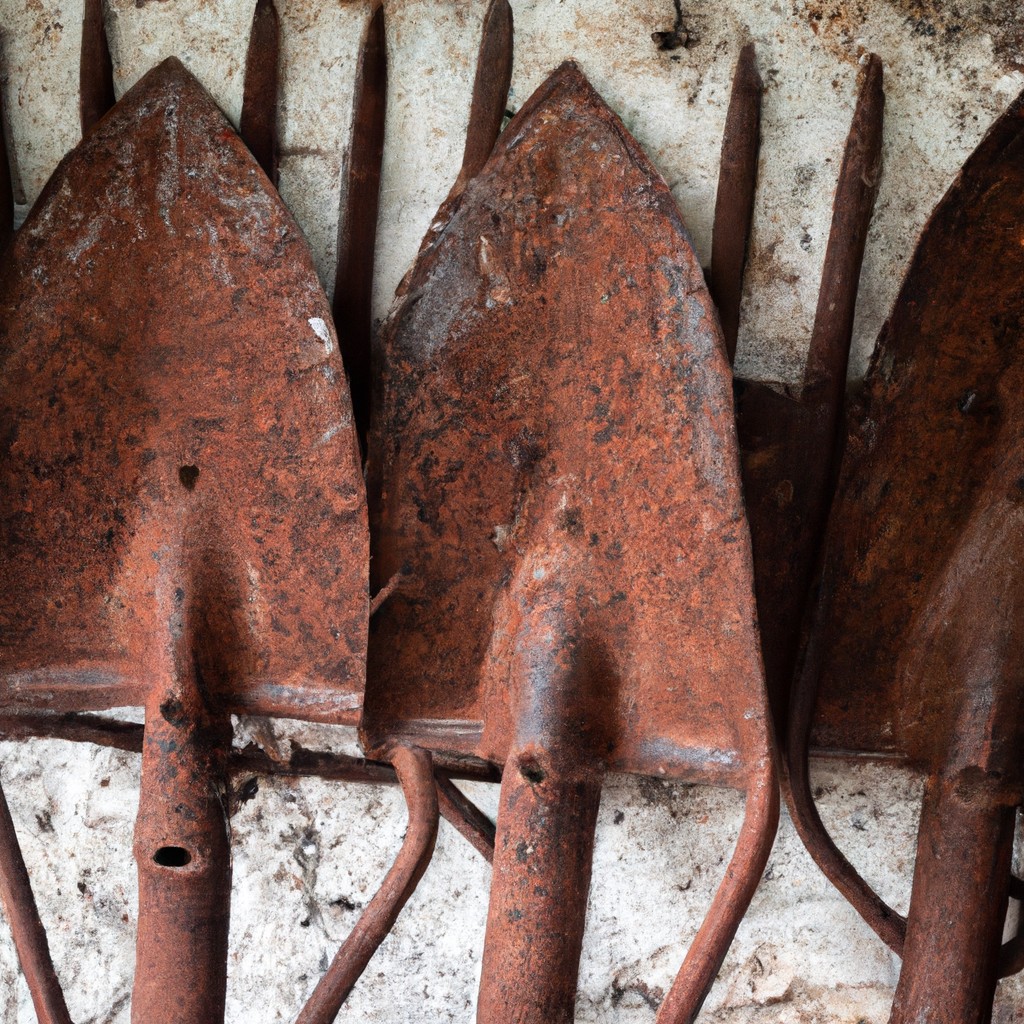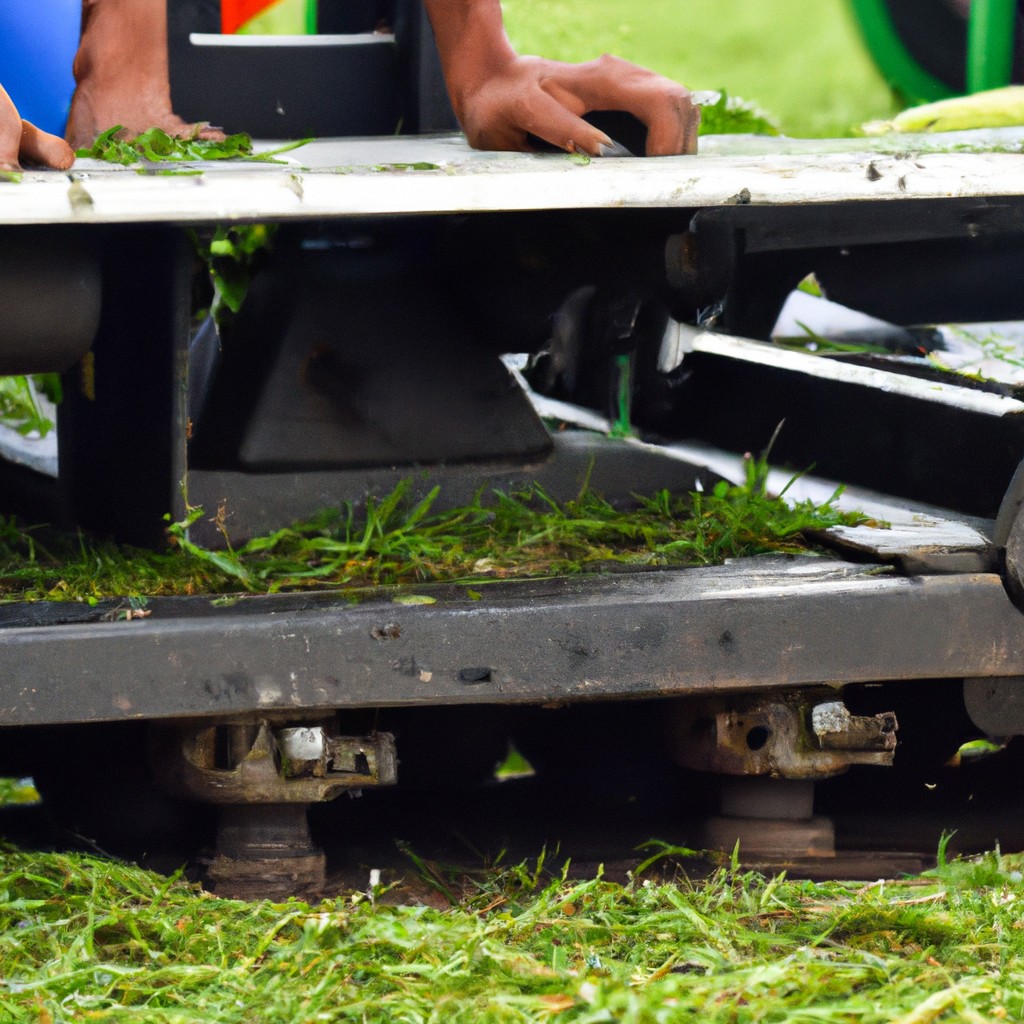This buying guide provides essential insights into choosing the right farm equipment to enhance sustainability and efficiency in agricultural practices.
Look Inside:
Tractor and Power

Modern farming relies heavily on the use of tractors, which serve as the workhorses of today’s agriculture. These versatile machines are used for a variety of tasks, from plowing and planting to harvesting and transporting crops. They come in various sizes and horsepower, tailored to suit different farm operations, ranging from small specialty farms to large industrial agricultural enterprises.
Compact tractors, with less power, are ideal for smaller plots and detailed work where larger, more powerful models might be excessive. They are often matched with attachments like front-end loaders or backhoes to handle diverse tasks such as moving material or digging.
Standard tractors strike a balance between power and versatility, suitable for a broad range of tasks. They are often equipped with comfortable cabs and user-friendly controls to reduce operator fatigue during long working hours.
On the higher end, heavy-duty tractors offer the maximum horsepower required for large-scale farming operations, including intensive tilling and pulling heavy implements. These often feature advanced technology such as auto-steer systems and telematics to improve efficiency and reduce strain on the operator.
Electric and bio-fuel powered tractors reflect the shift towards sustainable agriculture, reducing reliance on fossil fuels and lowering emissions. This not only aligns with environmental goals but also can offer farmers long-term cost savings on energy.
The power needs of a farm dictate the type of tractor and attachments used. Choosing the right tractor is vital for efficient farm management, ensuring tasks are completed effectively while minimizing fuel and labor costs.
Types of Tractors
Within the realm of tractors, there’s a variety to choose from, each with its particular strengths catered to different farming needs.
Subcompact and compact tractors, often ranging from 15 to 50 horsepower, are ideal for smaller properties and lighter tasks like mowing and simple landscaping. These models are user-friendly, making them a great fit for novice farmers or those with small-scale operations.
Utility tractors, spanning 45 to 110 horsepower, serve a broad array of purposes. From general fieldwork to the operation of larger implements like loaders or backhoes, these are the versatile workhorses of the mid-sized farm.
Row crop tractors are specifically designed for row-cropping operations. Equipped with adjustable tread widths to navigate easily between rows, they typically provide more horsepower, ranging from 140 to 400, to handle intensive tasks and larger implements required in commercial farming.
Articulated 4WD tractors, boasting upwards of 400 horsepower, are engineered for the most demanding agricultural tasks and expansive operations. With four-wheel drive capabilities, they offer the highest power and traction, ideal for heavy soil cultivation and planting over vast areas with efficiency.
Precision agriculture has seen the integration of technology into tractor designs, such as GPS and sensor technology for improved efficiency and reduced waste, catering to the farmer who seeks the cutting edge in sustainable and regenerative farm practices.
Soil Cultivation
Soil cultivation is a crucial step in farming to prepare the bed for planting. Tilling the soil helps in aeration, mixing organic matter, and breaking up compacted layers, thus enhancing the soil’s structure and its ability to hold water and nutrients. Plows are the traditional tool for this job, with their blades cutting into and turning over the top layer of soil. Today, various types of plows exist, each suited to different soil conditions and farm sizes.
The moldboard plow is ideal for heavy and sticky soils where complete inversion is necessary. Its curved design allows for a clean turn of the soil, burying crop residues and weeds. The chisel plow, less aggressive, works well for minimal soil disturbance, promoting moisture conservation and reducing erosion. For eliminating weeds and incorporating fertilizers into the top soil, a rotary hoe may be used in a more conservation-minded approach.
Each method impacts the soil ecosystem in distinct ways, and the choice of tool and technique depends on the specific crop needs, soil health objectives, and long-term sustainability goals of the farm. By maintaining proper soil health through cultivation, farmers can ensure their land remains productive and resilient for future growing seasons.
Plows
Plows are essential for primary soil tillage, turning the upper layer and preparing the soil for planting. They cut, lift, and overturn the soil, managing residues from previous crops and aiding in weed control. Moldboard plows, chisel plows, and disc plows are commonly employed, each with specific functions.
Moldboard plows are designed for deep tillage, effectively burying crop residues. They create a clean, inverted soil surface, ideal for sowing seeds. Chisel plows offer a different approach, fracturing the soil with less turnover and reducing erosion risk. They’re also effective in no-till or low-till farming scenarios. Lastly, disc plows, equipped with concave discs, cut and overturn the soil, tackled well in hard or rocky soils where moldboard plows might struggle.
Matching the plow type to the soil condition and crop requirements can enhance soil fertility and create an optimal seedbed for plant growth. Thus, the choice of plow can profoundly impact the efficacy of soil cultivation and overall crop production.
Planting
Seed drills are a significant advancement in agricultural technology, enabling farmers to sow seeds at the correct depth and spacing. This ensures that seeds have optimal conditions for germination and growth. The process reduces wastage and increases crop yields as compared to traditional broadcasting methods where seeds are scattered loosely over the soil surface.
There are various types of seed drills, each designed for different seed types and farming scales. For example, a no-till drill can plant seeds without the need for prior soil cultivation, thereby reducing soil erosion and preserving soil health. Precision seeders allow for exact placement of seeds, optimizing space and resources and leading to more uniform crop growth.
A key advantage of using seed drills is the improvement of resource management. Accurate seed placement ensures that each plant has enough room to access water, sunlight, and nutrients without unnecessary competition from neighboring plants. This efficiency contributes to sustainable farming by reducing the need for additional inputs such as water, fertilizers, and pesticides.
Furthermore, equipment like pneumatic seed drills uses air pressure to handle seeds gently and deposit them evenly, while mechanical seed drills utilize a more traditional approach using gears and sprockets. Farmers select the type that best fits their operational needs and the specific demands of their crops.




